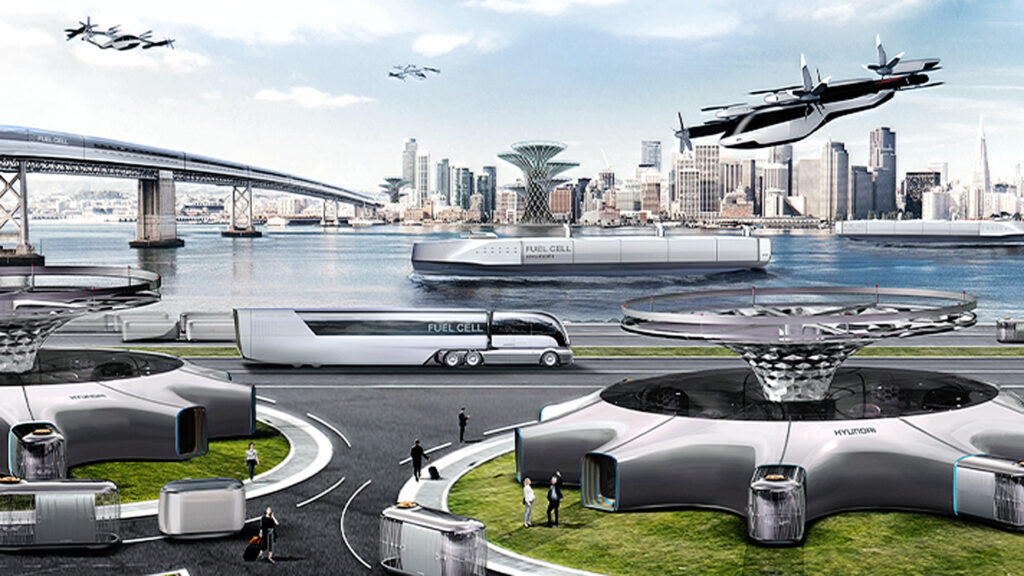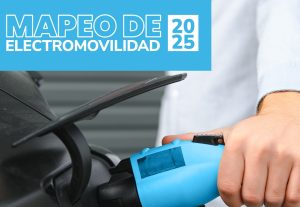This week was held the World Cities Summit, a global platform where city leaders and technology companies meet to discuss the most important urban challenges and share the best sustainable practices in the world.
The Hyundai Group was one of the prestigious attendees at the meeting, and made a presentation that breaks the paradigms of innovation. The Korean brand unveiled its smart city model, where it will enhance its sustainable and intelligent mobility solutions.
Focus
The concept is inspired by a honeycomb pattern with a hexagonal design. In the surface layer, the buildings surround nature, in the form of parks and forests, which are located in the center of the city.
The buildings are divided into three sections according to population density: high, medium and low. The density decreases near the parks and forests in the center of the metropolis and the properties are arranged within these sections according to their purpose.
The city will be connected through road infrastructure in a subway layer. All goods and services will be transported underground through autonomous systems to the automated logistics center in each region, where autonomous robots will make the final delivery.
Life Quality
During the presentation, Hyundai emphasized improving the spaces where people live. In this regard, the company’s President and Chief Innovation Officer, Youngcho Chi emphasized that the prototype is focused on humans coexisting with nature and embracing the future.
“We will continue to work with governments around the world to realize our smart city vision, while rapidly advancing the capabilities of future transportation solutions,” he stressed.
Within the Smart City, citizens will move around using advanced aerial mobility (AAM). AAM vehicles will land and take off from a series of Hub 2.0 towers, which will combine residential and office areas with AAM airports on top of the building.
To ensure carbon neutrality, the main source of energy for the residential area will be green hydrogen produced from renewable sources, which will be distributed through smart grid pipelines to power the buildings via hydrogen fuel cell generators.
About the Summit
This year’s event focuses on the challenges cities face in developing sustainably, and becoming more resilient to prolonged and unpredictable risks and disasters such as pandemics and climate change impacts.
Two plenary sessions and five debates were held, focusing on sustainable finance, smart cities, development and planning, urban resilience, and living with dignity in the cities of the future.




